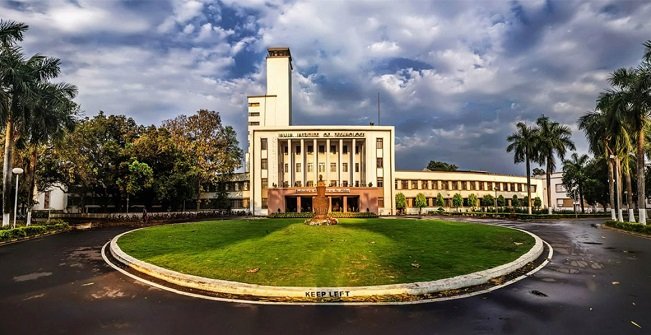IIT campuses are in line for a major boost, as the Union Cabinet, headed by Prime Minister Narendra Modi, cleared a large expansion plan for five third-generation Indian Institutes of Technology — IIT Tirupati, IIT Palakkad, IIT Bhilai, IIT Jammu, and IIT Dharwad. The plan, cleared on Wednesday, will add more than 6,500 student seats and 130 new faculty positions within the next four years, along with a big infrastructure push.
This growth, supported by a total expenditure of ₹11,828.79 crore, will be implemented in phases up to 2028–29. The enhanced student strength will extend to undergraduate, postgraduate, and PhD programmes. As per official statistics, the total student strength of these five IITs will go up from the existing 7,111 to 13,687.
The year-by-year student growth will be:
- 1,364 in the first year
- 1,738 in the second year
- 1,767 in the third year
- 1,707 in the fourth year
The decision to add seats at the IITs was initially announced by Union Finance Minister Nirmala Sitharaman during her February 2025 Budget speech, and Cabinet approval now makes that vow official.
Besides enhancing academic capability, the expansion plan will also finance the Phase-B construction in these institutions, including the creation of research parks, hostels, sports complexes, guest houses, and additional academic infrastructure. These institutions, established after 2014, started off with temporary campuses and then shifted to permanent ones. The future phase will strengthen their infrastructural capabilities and bring them on par with older IITs.
IIT Palakkad, for example, has already been concentrating on fundamental engineering courses while nurturing a research tradition by way of collaborations. Likewise, IIT Jammu has been engaged in crafting a holistic resident campus. The funding will speed up these activities.
IIT development also involves the establishment of 130 new professorships, so that the student-teacher ratio remains robust and according to academic standards.

IIT Expansion: What does it signify for India’s higher education aspirations?
With the proposed expansion of IIT seats and staff, the government is seeking to address increasing demand for quality STEM education and stop the exodus of Indian students to foreign shores. The drive is also in line with the goals of the National Education Policy (NEP) 2020, which promotes wider access, quality, and research production in higher education.
These five IITs are among what is referred to as the third generation of Indian Institutes of Technology — initiated after 2014 to expand the ambit of elite engineering education beyond the conventional metro hubs. Their growth is viewed as key to regional development and the consolidation of India’s innovation ecosystem.
The Cabinet’s move to clear infrastructure and faculty expansion also coincides with growing competition between the world’s top universities and growing pressure on Indian institutions to upgrade research and global rankings.
“This expansion will not only serve more students but also enable the IITs to enhance research, innovation, and global recognition,” a senior official stated.
Phase-B development as per the approved plan will allow these IITs to further emerge as comprehensive research and innovation hubs, with updated classrooms, state-of-the-art laboratories, eco-friendly campuses, and improved student facilitie
The IIT expansion plan is a milestone in the government’s move to bring world-class technical education within reach across India. More seats, improved infrastructure, and a stronger faculty will enable the five new-generation IITs to play a large role in the educational and technological future of India.
ALSO READ
AI Hub at IIT Madras to Tackle Compute Accessibility
What students can expect from IIT Delhi-Abu Dhabi’s latest batch of grad programs